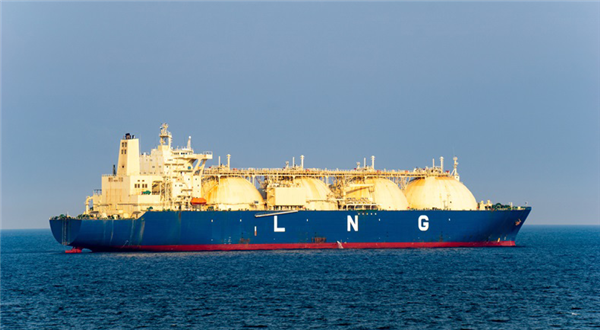 Coronavirus feeds LNG shipping inefficiency
Coronavirus feeds LNG shipping inefficiency
Ships sail at slower speeds amid uncertainty about destinations for cargoes on board because of trade disruption. Rates drop even as fleet availability climbs, artificially inflated by tonnage soaked up by a slow steaming trend
LIQUEFIED natural gas carriers have turned to slow steaming to cope with supply chain disruptions resulting from the coronavirus pandemic.
Such inefficiency may have helped LNG fleet utilisation but it has not supported shipping rates, a leading ship brokerage said during a webinar held on Monday.
Jefferson Clarkson of Poten & Partners pointed to a trend of laden LNG carriers sailing at slower speeds in the months following the coronavirus outbreak because they did not know the final destinations for the cargoes on board.
On average, these ships were seen travelling at 13.5 knots, down from 14.5 knots seen two years ago, he said, attributing this trend to logistics disruptions.
China, India and Italy are among the LNG importing countries to have closed their borders at different stages of the evolving global pandemic.
Slowing economies have also hit LNG demand, leading to cancellations of more than two dozen cargoes originally contracted for exports from projects in the US.
These developments have put charterers on the defensive, driving sublet activity during the past two months to the highest level seen in the past two years.
Since last October, sublets on the global fleet — excluding newbuildings — have surged to 65%, up from 48% for the first nine months of 2019.
Sublets accounted for 31 fixtures in April, outnumbering charters directly fixed with shipowners by two to one.
Mr Clarkson viewed such high sublet activity as one sign of the coronavirus pandemic turning LNG shipping to “a warm winter market” during which “direct vessel availability from shipowners would be lower”.
These changing market dynamics however, have seen LNG shipping rates tumbling even as fleet availability tightens.
Poten & Partners assessed daily LNG shipping rates for modern tri-fuel diesel electric propulsion tonnage at $33,000 last week, down from highs of $120,000 and $160,000 seen during the two preceding winter seasons.
Vessel availability will still eventually climb despite a continuing slow steaming trend, as more newbuilding ships join the global fleet in the coming months.
By this December, the number of LNG carriers on the water worldwide will grow to 540, up 37 or 7% from the year before.
This is in contrast to a lower LNG export volume of 358m tonnes for this year, down 1% from the previous year level, according to projections from the ship brokerage.


